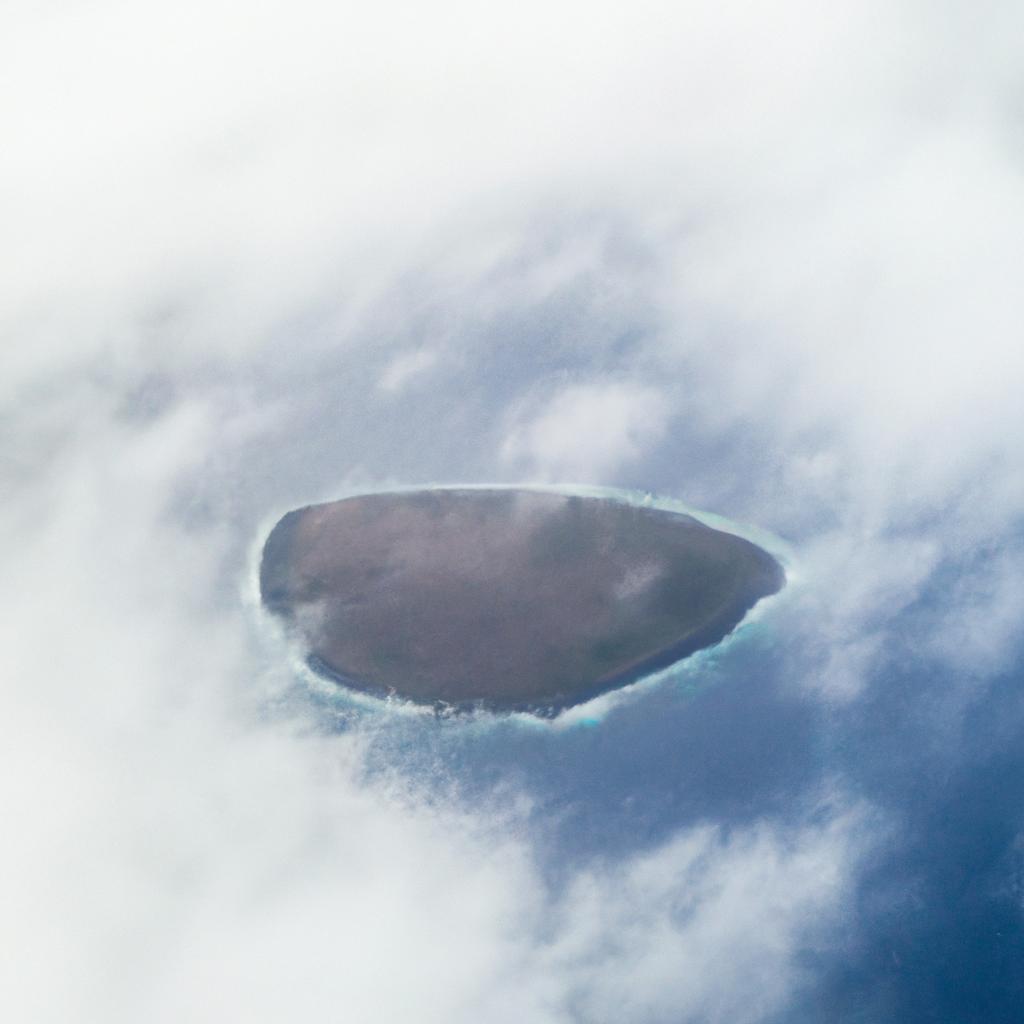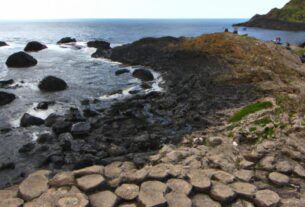The Forbidden Island, also known as North Sentinel Island, is a captivating and isolated landmass nestled in the Bay of Bengal, India. This enigmatic island is renowned for its indigenous people, who have lived in complete isolation for thousands of years, untouched by the outside world. Veiled in secrecy, the Forbidden Island has earned a reputation as one of the most perilous places on Earth.
Location and Geography of the Forbidden Island
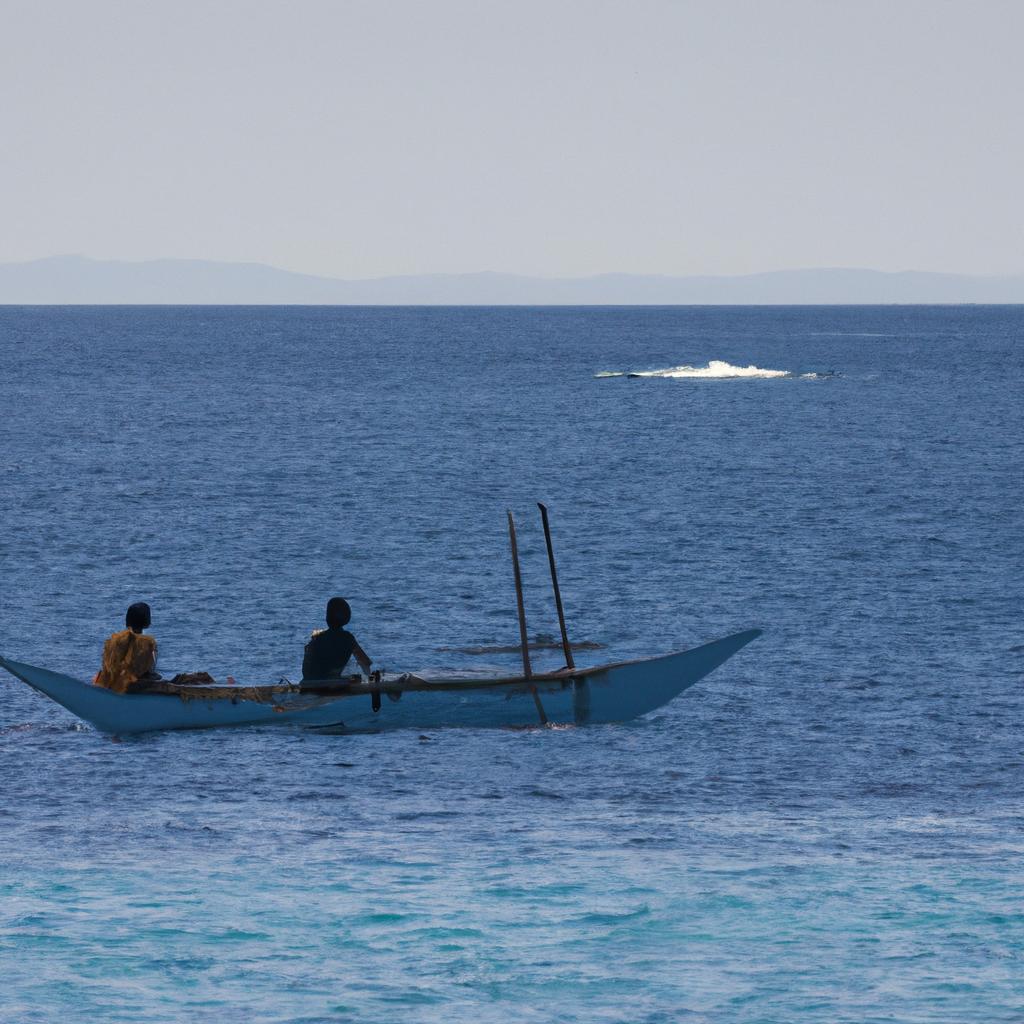
The Forbidden Island is situated amidst the Andaman and Nicobar Islands in India, approximately 28 kilometers west of the southernmost tip of South Andaman Island. It forms part of the Nicobar archipelago and covers an area of roughly 72 square kilometers, with its highest point reaching 122 meters above sea level.
The island boasts a dense tropical forest, encircled by coral reefs and shallow waters. This lush forest teems with tropical evergreen trees, and its wildlife includes a diverse array of birds, reptiles, and other animals. Due to its isolation, the island has preserved its unique ecosystem, making it a sanctuary of unparalleled natural beauty.
The arduous terrain and insularity of the island have hindered access, thereby contributing to the unwavering isolation and survival of its indigenous inhabitants. As one of the last remaining uncontacted tribes in the world, the people of the Forbidden Island fiercely safeguard their land and way of life.
Believed to be descendants of early humans who journeyed from Africa to Southeast Asia over 60,000 years ago, these individuals have thrived in solitude on the island for over 30,000 years, fostering a profound and distinct culture.
Indigenous People of the Forbidden Island
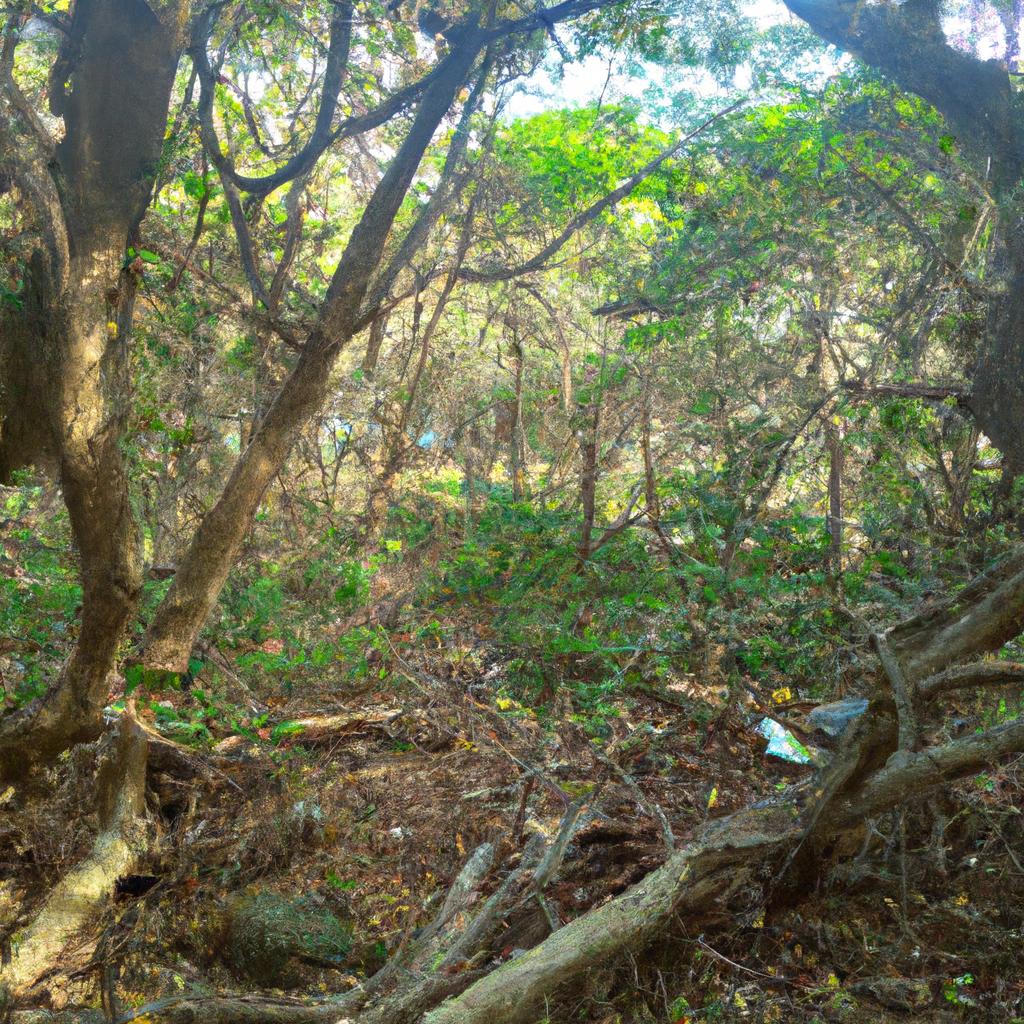
The indigenous people of the Forbidden Island are called the Sentinelese. Though estimates of their population range from 50 to 400 individuals, their exact numbers remain elusive due to their isolation. Among the last uncontacted tribes worldwide, the Sentinelese have had no known interaction with the outside world for millennia.
Renowned for their hostility towards outsiders, any attempt to make contact with them has been met with relentless violence. Helicopters and boats that venture too close to the island have been targeted with arrows, leaving no doubt about their desire to remain undisturbed. Despite repeated efforts by the Indian government to establish contact, these endeavors have proved largely fruitless.
Social and Cultural Practices of the People on the Forbidden Island
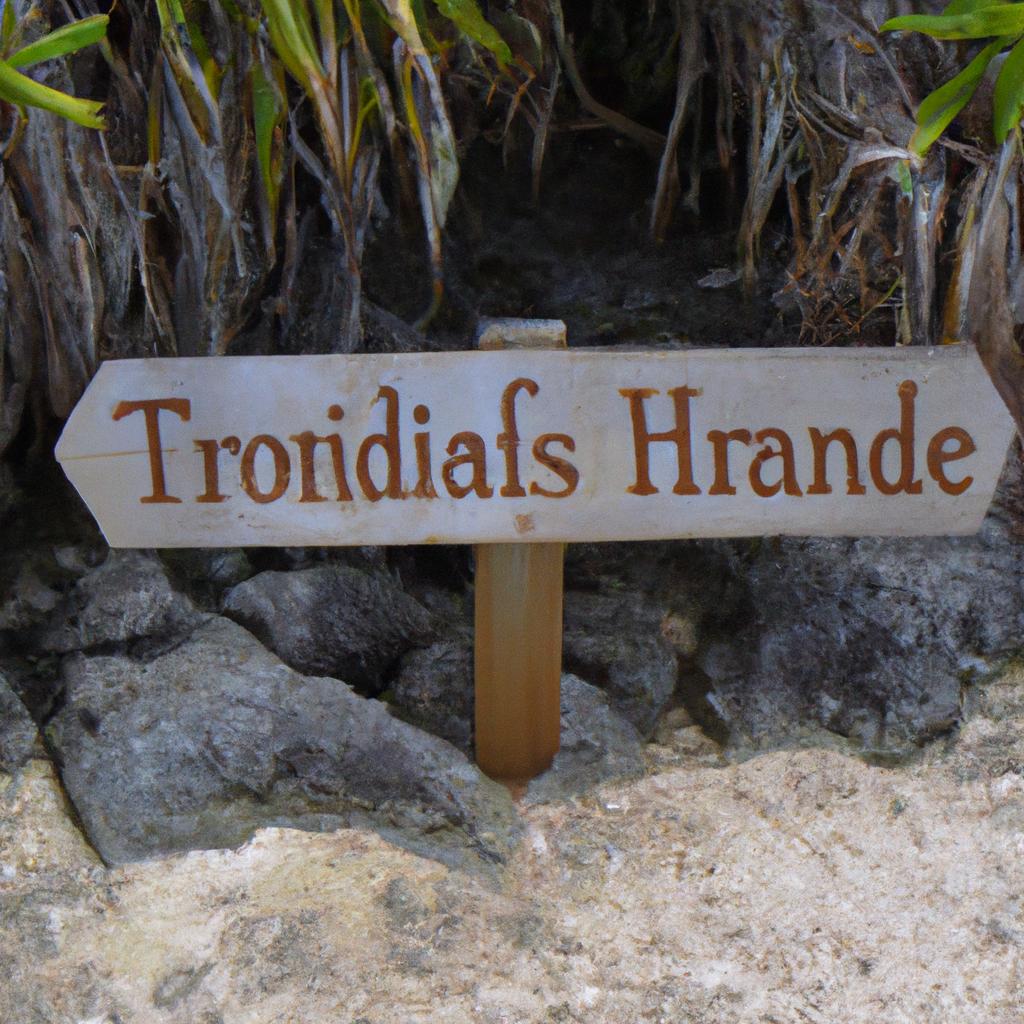
The Sentinelese possess a unique culture that has endured for thousands of years. They are predominantly hunter-gatherers, relying on fish, wild pigs, and honey for sustenance. Their formidable hunting and fishing skills are testimony to their expertise and resilience.
Living a nomadic existence, they traverse the island in search of food and resources. Despite lacking formal agricultural practices, they have managed to maintain a harmonious coexistence with their environment. Their social structure appears relatively simple, and there is no evidence of any established religion or worship.
Though isolated, the Sentinelese are not impervious to modern diseases. Contact with outsiders could potentially precipitate their extinction. Consequently, the Indian government has taken proactive measures to shield the Sentinelese from outside contact, designating the island as off-limits to tourists and researchers.
The Forbidden Island and Its People: A Legacy of Isolation
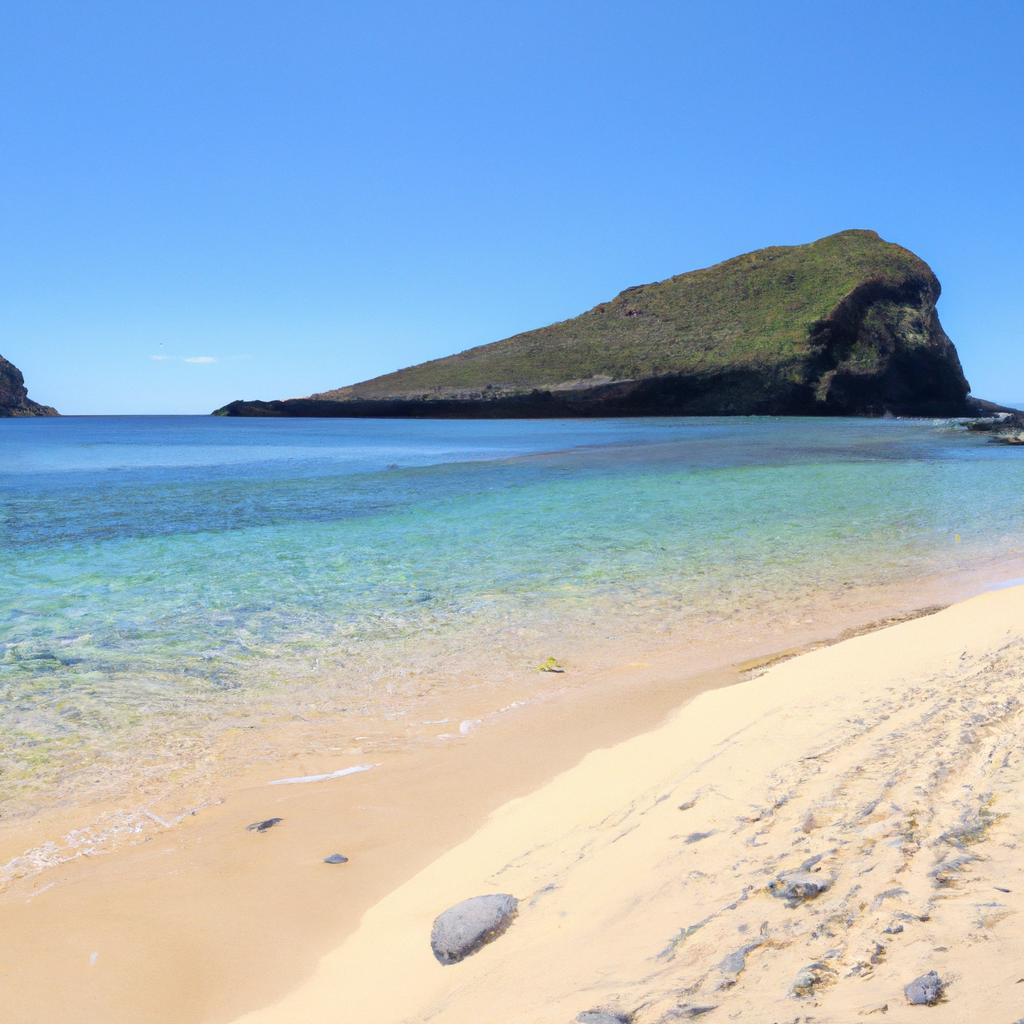
Despite the Indian government’s attempts to make contact with the Sentinelese, limited knowledge exists concerning their culture and way of life. To safeguard the indigenous people from outside contact and the risk of extinction, the Indian government has declared the island a protected area. Approaching within 5 nautical miles of the island is strictly prohibited by law, with violations carrying penalties of fines and imprisonment.
Interaction with the Outside World
Interactions with the outside world have been minimal and marked by hostility. In 1981, the ship Primrose ran aground on the island’s coral reef, leaving its crew stranded for several days. The Sentinelese responded by attacking the vessel with arrows, eventually releasing the crew unharmed.
In 2006, two fishermen unlawfully ventured into the island’s waters and tragically lost their lives at the hands of the Sentinelese. Though the Indian government has made efforts to recover their bodies, the Sentinelese’s hostility towards outsiders has thwarted such endeavors.
Reasons Why the Forbidden Island is Forbidden
Numerous reasons underpin the forbiddance surrounding the island, primarily focused on safeguarding the unique ecosystem and preserving the indigenous people’s well-being.
Legal Restrictions on Visiting the Forbidden Island
To protect the Sentinelese from outside contact and the potential threat of extinction, the Indian government has deemed the island a protected area. Prohibited from approaching within 5 nautical miles of the island, visitors who flout this restriction face legal consequences, including fines and imprisonment.
Environmental Reasons
The Forbidden Island stands as a testament to one of the most pristine natural environments worldwide. Its isolation has preserved its unique ecosystem, and granting access to tourists and researchers could lead to environmental damage, introducing invasive species and disrupting the island’s delicate ecological balance.
Safety Concerns for Visitors
Due to the Sentinelese’s hostility towards outsiders, allowing visitors to the island would not only endanger the visitors but also pose a threat to the Sentinelese. The Indian government has taken substantial measures to protect the indigenous people from outside contact. Welcoming visitors to the island would contradict these efforts and jeopardize the Sentinelese’s safety and well-being.
In conclusion, the Forbidden Island remains an enigmatic landmass harboring one of the last uncontacted tribes on the planet. Wrapped in mystery and safeguarded by the Indian government, this island epitomizes the delicate balance between nature preservation and cultural protection. The Indian government’s unwavering commitment to shielding the Sentinelese from outside contact serves as a poignant reminder of the significance of safeguarding both cultures and ecosystems for future generations.
Did you enjoy reading about the Forbidden Island and its uncontacted tribes? For more captivating news and information about nature, gardening, and animals, visit TooLacks. Stay updated with the latest stories and explore the wonders of our world!
